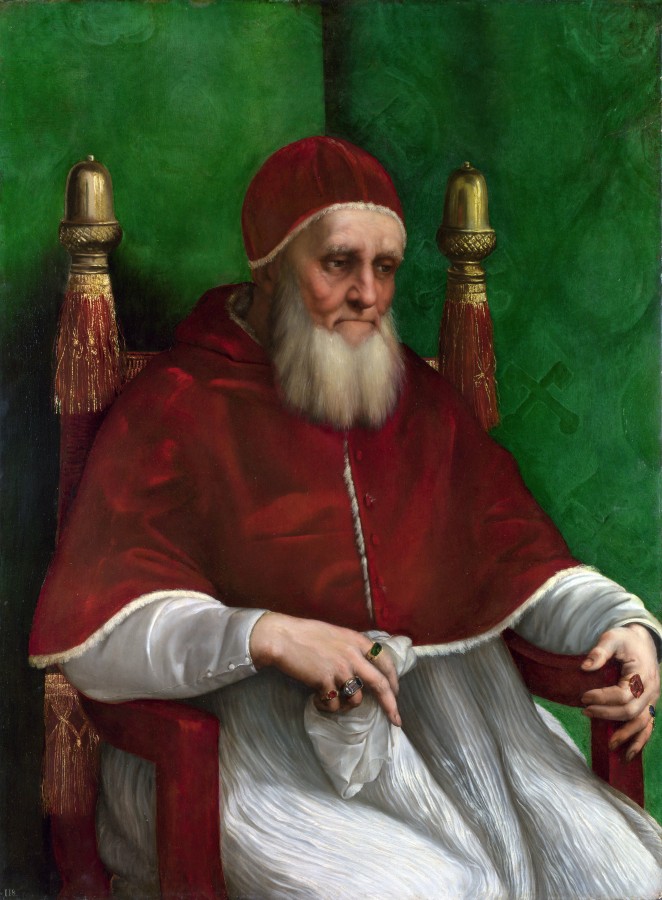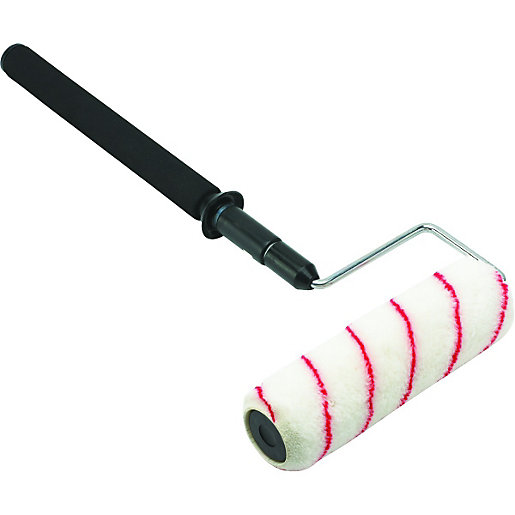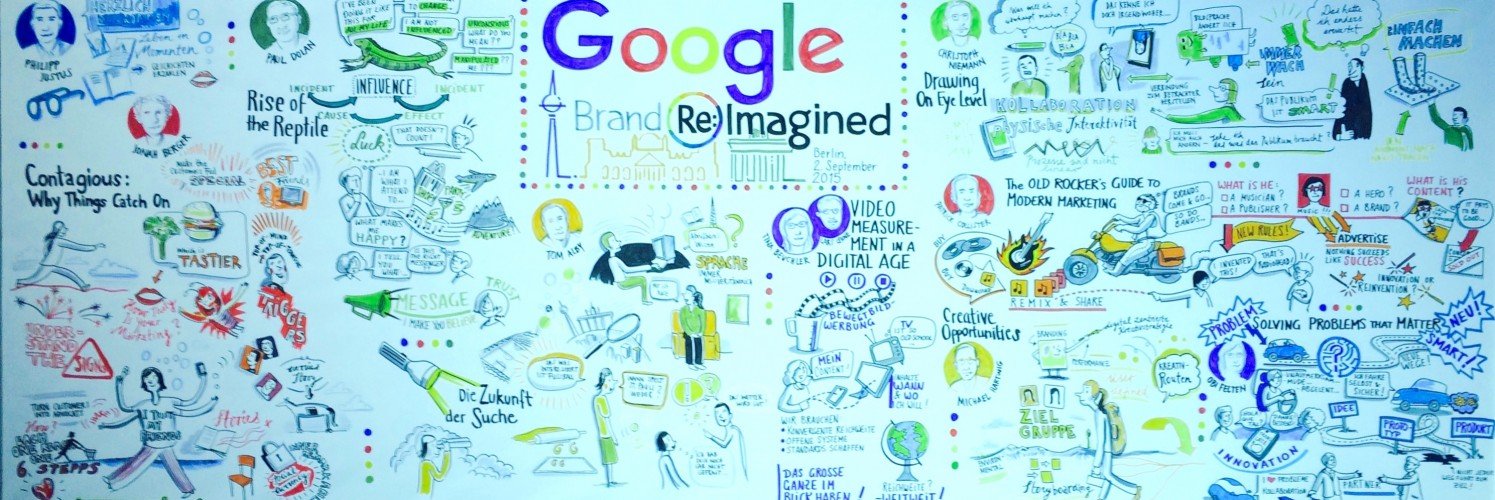Over twenty years ago, I originated (I think) what has become a cliché.
I put together a Better Briefing workshop for some of the suits and the planners in the agency. I thought they should know what does and does not help creative people do their best work.
I started off with a quote from the great, late Norman Berry. "Give me the freedom of a tight brief."
To illustrate what he meant, I asked the motley crew in front of me to cast their minds back to 1508. Julius II was Pope. He wanted to decorate the Sistine Chapel in Rome. There were already a few paintings on the walls. The ceiling, however, was bare.
Julius commissioned Michelangelo to do something about it.
How did he brief him?
Did he say, "Mate, can you paint the ceiling?"
Did he say, "Do something colourful up there. Brighten the place up".
Did he say, "A few angels might be nice."
No.
He said, "Please paint a series of symbolic scenes that will be both a lesson and an inspiration to His people, dramatizing the work of God in all his glory, to include the Creation of the World, the fall of Adam and Eve from grace and man's degradation in sin. Followed by the visitation of God's wrath upon all their descendants apart from Noah."
Michelangelo spent three and a half uncomfortable years at work.
Once he'd finished, he spent the rest of his life moaning about how he hadn't been paid properly. The Pope paid him for his time, not for the quality of his work.
Creativity, Michelangelo might have complained, had been commoditised.
Ring any bells?
More intriguing than the proposition are the objectives behind the Pope's brief.
You could argue that the Roman Catholic church is the richest, most powerful brand the world has ever seen. The way it made its money was through what were called tithes. A tithe was a tenth of your produce or your income. And you were expected to pay this tax regularly to your local priest.
You were under no obligation to pay. So the church used advertising to persuade the punters it was in their interests to pay up. The advertising was on the walls (and ceilings) of every church.
Pictures of what happened to you if you were a good, tithe-paying Catholic. Angels, heavenly music, golden light, good stuff generally.
If you were a bad Catholic? You were going to fry. This was Hieronymous Bosch's specialism. Scenes of frying.
Now, the whole system was under attack. In northern Europe, some bloke called Erasmus was getting louder and louder in his criticisms of the church's abuse of power. Martin Luther was about to get going.
The invention of the printing press fifty years earlier was spreading these stories of dissension across Europe. (You could say that Catholicism is the religion of art directors. It relied, still relies, on visual communication. Protestantism, by contrast, came out of the written word, when Luther nailed his "95 Theses" to the door of Wittenberg cathedral.)
What the Pope was looking for was creativity. A simple idea executed astoundingly well. And that's what Michelangelo delivered.
They began to call him 'il divino'. The chosen one.
The explicit message was, stick with the church or face torment and damnation, symbolised by the expulsion and the flood. The implicit message was, this warning comes from God Himself. Only He could have given a mortal such as Michelangelo the ability to paint with such superhuman skill.
God-given talent.
You've probably known one or two creative directors behave as if they were similarly blessed.
Julius didn't leave it there. He got Raphael to paint several of the major rooms within the Vatican palace and he started work on the amazing building that is St. Peter's, Rome.
As many as 3.8 million people a year visit the Vatican and look with wonder on the art. Has any campaign in history had such frequency and reach?
_______________________________________________________________
 Pope Julius II, painted by Raphael
Pope Julius II, painted by Raphael
 Michelangelo, by Marcello Venusto 20 years after he painted the ceiling of the Sistine Chapel
Michelangelo, by Marcello Venusto 20 years after he painted the ceiling of the Sistine Chapel
 Oi, mate, can you paint the ceiling?
Oi, mate, can you paint the ceiling?

Some angels could be a good idea?




March 16th, 2018, around noon
Hello my name is Susan Adams.ZappyDeals.com is a greatest coupons website. It provides Microsoft and other store’s products, deals and discounts. Now, Provides Microsoft Store’s Xbox Games, Surface deals & Laptops, Office, Windows, Games software, Hardware and etc. But, You should go through only ZappyDeals.com
Check your product and get more discounts on any Microsoft Products.
For more details visit: http://www.zappydeals.com/offer_cat/microsoft-latest-coupons/
Thanks & Regards,
Susan Adams
http://www.zappydeals.com/